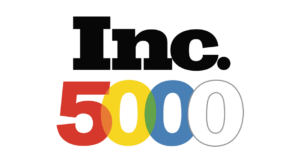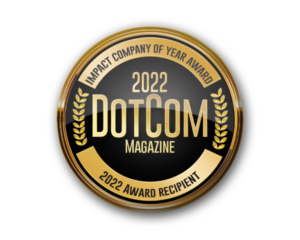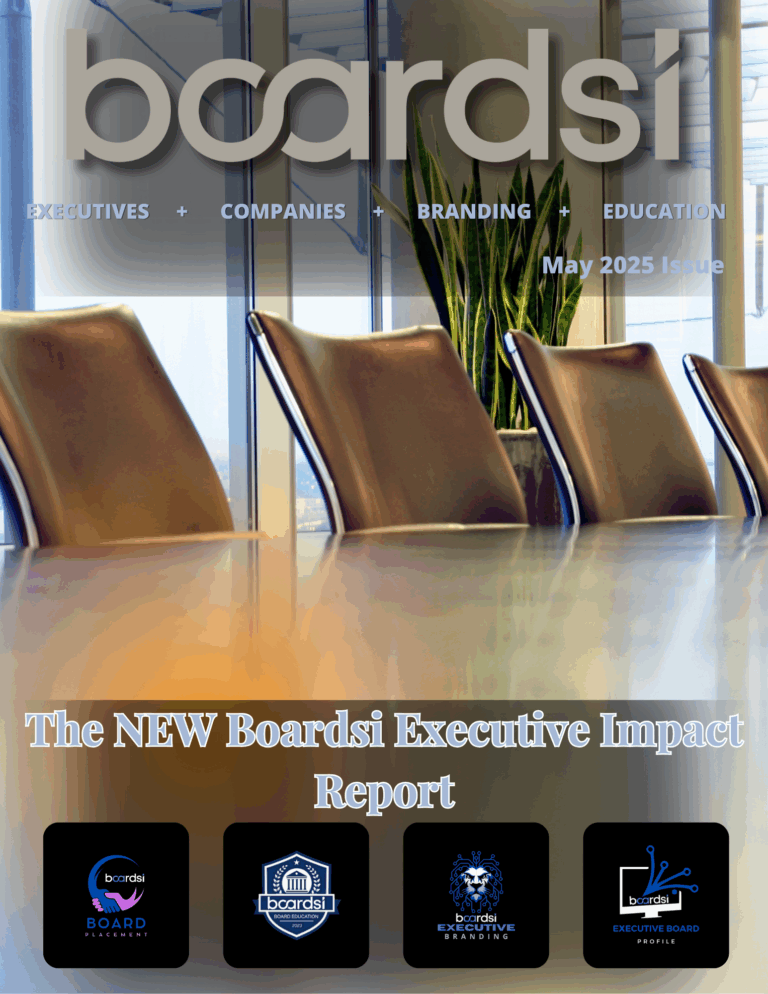Corporate governance has historically been rooted in face-to-face interactions, allowing board members to build trust and deliberate on key issues in person. However, advancements in technology have introduced innovative tools that enhance remote collaboration, enabling boards to operate effectively without physical presence. Remote governance involves the use of digital platforms to conduct meetings, share documents, and manage board activities, thereby creating new opportunities for inclusivity and efficiency.
At the heart of this evolution lies the need to harmonize technology with traditional governance frameworks. While virtual platforms provide convenience, established practices such as rigorous decision-making processes and adherence to fiduciary responsibilities remain critical. The challenge lies in ensuring that technological adoption does not undermine these principles but rather enhances them. Leaders from board recruitment innovator, Boardsi, discuss how innovation can succeed while holding intention the best of past practices.
Evolution of Boardroom Practices
The shift toward remote governance is not an isolated phenomenon. Throughout history, technological advancements have continually influenced how organizations operate. During the Industrial Revolution, for instance, mechanization transformed production processes, while retaining the need for oversight and accountability. Similarly, the digital age has brought about innovations that demand adjustments to traditional governance structures without discarding their core values.
Remote governance reflects a broader trend of technological integration in corporate practices. Just as the introduction of teleconferencing and digital documentation systems revolutionized communication in the 20th century, contemporary platforms are facilitating seamless interaction among geographically dispersed board members.
“Remote governance offers numerous advantages that address the challenges of modern board operations,” says a Boardsi executive. “By leveraging digital tools, organizations can enhance collaboration, decision-making, and inclusivity while reducing logistical barriers.”
Remote governance allows boards to transcend geographical limitations as well, enabling the inclusion of members from diverse backgrounds and regions. This inclusivity fosters richer discussions and more comprehensive decision-making, as varying perspectives contribute to well-rounded strategies.
Virtual meetings eliminate the need for travel, reducing costs and saving time. This efficiency allows boards to convene more frequently, addressing issues promptly and maintaining a continuous flow of governance activities. By reducing travel-related carbon emissions, remote governance aligns with growing corporate commitments to environmental responsibility.
Virtual board meetings support sustainability goals while maintaining operational effectiveness. Digital platforms provide tools for real-time collaboration, such as video conferencing, shared documents, and secure communication channels. These innovations ensure that board members remain connected and informed, facilitating effective governance regardless of location.
Challenges in Implementing Remote Governance
Despite its benefits, remote governance presents challenges that organizations must navigate to preserve the integrity of traditional board practices.
Notes a Boardsi executive, “Trust is a cornerstone of effective governance. Building and sustaining trust can be more challenging in virtual settings, where non-verbal cues and informal interactions are limited.”
To address this, boards must prioritize active engagement and foster open communication during remote meetings. The reliance on digital platforms necessitates robust cybersecurity measures to protect sensitive board materials and discussions. Organizations must invest in secure technologies and establish protocols to safeguard confidentiality and data integrity.
Adapting Governance Processes
Remote governance requires adjustments to established processes, such as voting procedures and document reviews. Ensuring that these adaptations uphold the rigor and transparency of traditional practices is essential to maintaining governance standards.
Not all board members may have equal access to technology or possess the skills required for effective virtual participation. Providing training and support ensures that all members can fully engage in remote governance activities.
To successfully integrate remote governance into boardroom practices, organizations must adopt strategies that bridge the gap between innovation and tradition.
Selecting secure and user-friendly platforms is critical for facilitating seamless virtual interactions. High-quality video conferencing, document-sharing tools, and voting systems enhance the remote governance experience.
Encouraging board members to embrace change and adopt new technologies is key to a successful transition. This involves providing ongoing education, highlighting the benefits of remote governance, and addressing concerns proactively.
Organizations should establish clear protocols for virtual meetings, including agenda-setting, minute-taking, and decision-making processes. These protocols ensure that remote governance aligns with established practices and maintains accountability.
Equipping all board members with the necessary tools and training promotes inclusivity and equity. By addressing technological disparities, organizations can ensure that every member contributes effectively to governance activities.
The Future of Remote Governance
As technology continues to evolve, the role of remote governance in boardrooms is poised to grow significantly. Organizations are increasingly exploring advanced technological tools to enhance transparency, efficiency, and decision-making while ensuring that core governance principles are upheld. Emerging trends, including artificial intelligence (AI) and blockchain technology, represent transformative forces in this space.
AI is redefining the operational landscape of boardrooms by automating administrative tasks and offering actionable insights through data analysis. This capability allows boards to shift their focus toward high-priority, strategic issues.
AI-powered tools can streamline meeting preparation by summarizing lengthy reports, generating agendas, and highlighting key decision points. Additionally, AI can identify potential risks by analyzing patterns in organizational data, allowing boards to take proactive measures to address emerging challenges. By reducing the administrative burden and offering predictive insights, AI empowers boards to operate with agility and precision in an increasingly complex governance environment.
Blockchain technology offers unparalleled potential to enhance trust and accountability in remote governance. By creating secure, immutable records, blockchain ensures the integrity of board activities and decisions. Blockchain-based voting systems can provide a transparent and verifiable method for recording votes, reducing the potential for disputes or manipulation. Each vote is securely recorded on a decentralized ledger, ensuring accuracy and accessibility for future reference.
In addition, blockchain can streamline the authentication and tracking of sensitive documents. From meeting minutes to financial statements, the technology provides a tamper-proof record, eliminating concerns about unauthorized alterations. Blockchain\u2019s traceability also supports regulatory compliance, as organizations can easily demonstrate adherence to governance standards.
The integration of AI and blockchain creates opportunities for even greater innovation in boardroom practices. For example, AI-driven analysis of blockchain data can uncover insights about organizational trends and operational inefficiencies, guiding better-informed decisions. Additionally, smart contracts\u2014self-executing agreements programmed onto blockchain platforms\u2014can automate routine governance tasks, such as releasing funds for approved projects or executing agreements based on predefined conditions.
Despite the promise of these technologies, the human element remains critical to effective governance. Technology should serve as a tool to support\u2014not replace\u2014the deliberative processes that define boardroom decision-making. Ensuring that board members are trained to use these tools effectively is essential for achieving the full potential of remote governance. Moreover, preserving open dialogue, ethical considerations, and collaboration will be vital as organizations navigate the balance between innovation and tradition.
The future of remote governance is one of continuous evolution. By embracing advancements such as AI and blockchain, organizations can enhance the effectiveness and transparency of their board activities. However, the ultimate success of remote governance will depend on its ability to integrate these technologies while retaining the principles of accountability, deliberation, and trust that are the hallmarks of strong corporate governance.
#corporategovernance, #remoteleadership, #boardroominnovation, #digitaltransformation, #boardleadership, #blockchaintechnology, #artificialintelligence, #governancetrends, #strategicgovernance, #virtualcollaboration, #boardeffectiveness, #executiveleadership, #cybersecurity, #corporateresponsibility, #sustainability, #boardmanagement, #inclusivity, #decisionmaking, #boarddevelopment, #leadershipstrategy, #technologyintegration, #boardoversight, #governancestrategy, #fintech, #remotework, #executivecoaching, #nonprofitgovernance, #boardtraining, #businesscontinuity, #leadershipdevelopment
Source: USA Today









